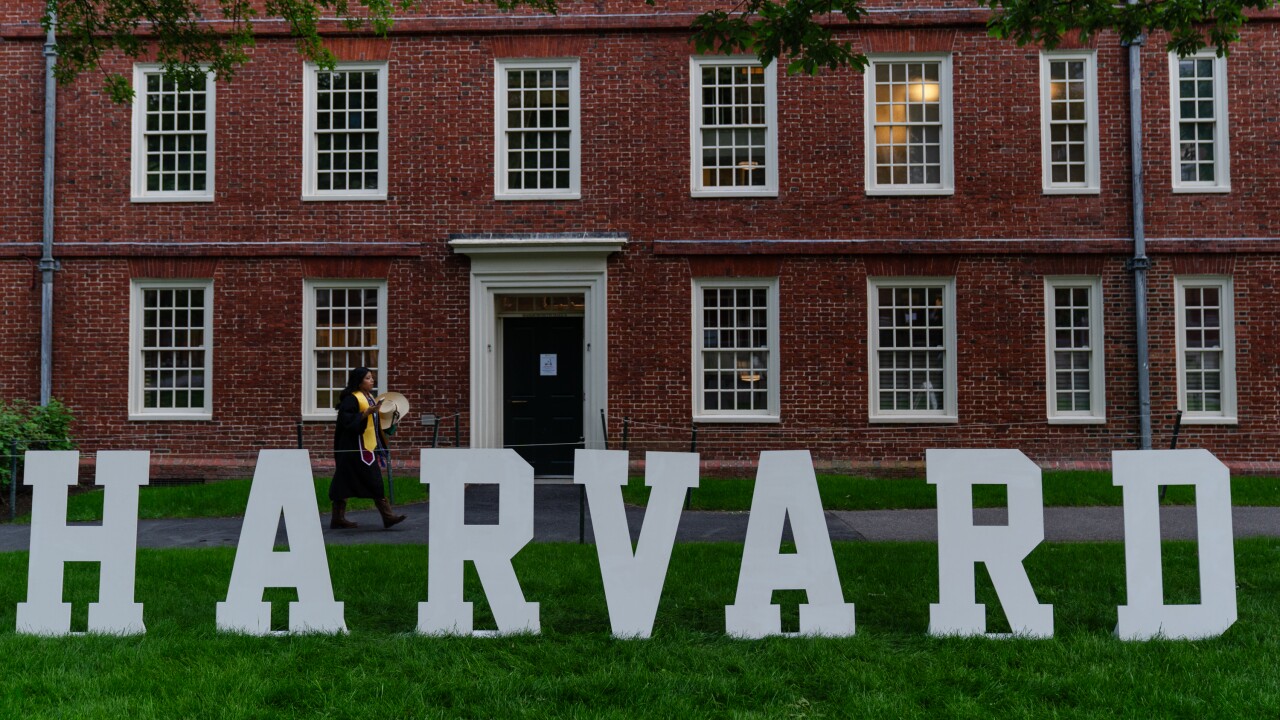The University of Arkansas will issue $139 million of taxable and tax-exempt revenue bonds to expand its health facilities.
The bonds for the University of Arkansas for Medical Sciences campus in Little Rock are expected to price Wednesday through negotiation with book runner BofA Securities. Crews and Associates and Stephens Inc. are co-managers.
Dennis Hunt, head of public finance for Stephens Inc., expects a positive response from the market.

“While the municipal bond market over the last few weeks has experienced significant volatility and upward pressure on interest rates, this week we are seeing a much more stable and improving market with strong investor demand,” Hunt said. “If the market remains stable until we offer the UAMS transaction, I expect very aggressive investor interest.”
The deal includes $97 million of Series A tax-exempt bonds maturing in 2045 and $42 million of taxable Series B. The taxable issue will include two series maturing through 2036 and $34 million of term bonds maturing in 2041.
Moody’s Investors Service rates the bonds Aa2 with a stable outlook.
The facility has been on the front lines of the COVID-19 pandemic, which has killed more than 4,400 Arkansans.
A year after the pandemic emergency was declared, UAMS is regaining lost ground, analysts said.
“Patient care activity decreased sharply in spring 2020 tied to the pandemic which continued into the first quarter of fiscal 2021, but now rebounding,” wrote Moody’s analyst Dennis Gephardt.
“For the first half of fiscal 2021, the campus has favorably exceeded budgeted patient volumes as well as net revenue impacts,” he added. “Credit quality of the system will be increasingly tied to the operating performance of UAMS as its financial leverage increases through the current approximately $140 million increase in debt.”
With this deal, UAMS will have about $1.4 billion of outstanding revenue bonds, which Moody’s describes as “manageable.”
“The stable outlook incorporates Moody's expectations that the University of Arkansas system will continue to experience solid student demand and maintain healthy system-wide wealth,” Gephardt said. “The outlook also reflects Moody's expectations of solid operating cash flow and debt service coverage, including the operating performance for University of Arkansas for Medical Sciences.”
Patient care comprised 37% of the system's operating revenue in fiscal 2020, per Moody’s.
Challenges include limited liquidity relative to operating expenses and scarce state capital funding for the growing system that could result in additional debt or use of reserves, analysts said.
Proceeds from the Series 2021A bonds will finance a portion of the surgical annex facilities improvement and to pay for costs of issuance. Proceeds from Series 2021B will go toward the radiology oncology facility, including Proton Therapy Center improvement.
UAMS, anchored by the UAMS Medical Center in Little Rock, consists of six colleges including the graduate school, seven institutes, several research centers, and a statewide network of community education centers.
Started in a former restaurant and hotel in 1879, the UAMS campus now includes more than 84 acres.
In 2004, UAMS launched its largest expansion program, adding space for education, patient care, research and outreach programs. At a cost of more than $500 million, the expansion included a $197 million expansion of UAMS Medical Center.
The new construction replaced the outdated original hospital building, which opened in 1956. The 10-floor new hospital expansion included 332 adult beds and 64 neonatal beds.
Since last year’s arrival of COVID-19, researchers at UAMS have received nearly $38.8 million, primarily from state and federal sources, to help combat the disease, the university said. The state has provided $16.9 million, or 43.4% of the funds, while federal dollars have totaled $19.2 million, or 49.5%.
The funding has supported research across the board, including clinic- and hospital-based, lab-based and community-based projects.
Private funding, primarily from pharmaceutical companies, has totaled $1.7 million for seven of 18 clinical trials so far. Nonprofits have provided $675,201 for four projects.
According to a March 5 report from UAMS, Arkansas had one of the highest death rates from COVID-19, surpassing New York, Texas, California and Florida.
Amid dramatic changes in health care over the past year, one prominent Arkansan, Wal-Mart heiress Alice Walton is funding a new approach at a facility in Bentonville called the Whole Health Institute that will include a medical school. The Whole Health School of Medicine and Health Sciences is expected to open in 2024.
While UAMS is looking for ways to participate in Walton’s program, the school is planning to create its own three-year medical school at the University of Arkansas Fayetteville campus.
Shaving a year off the medical degree program would reduce the debt burden that discourages many students from pursuing the degree, according to Dr. Christopher Westfall, dean of the UAMS College of Medicine.
UAMS is also creating a regional campus in El Dorado, in south Arkansas, that will add nine additional residency slots.
The system is also planning a 185,000-square-foot orthopedic and sports medicine facility in Northwest Arkansas at an estimated cost of $85 million.
UAMS officials have said it would have operating rooms and bring in revenue from surgical procedures.
The University of Arkansas System appears to have survived the worst of the COVID crisis, based on outlooks from ratings agencies.
Moody’s last week shifted the outlook for the higher education sector to stable from negative based on improved revenue prospects over the next 12-18 months.
Analysts noted the potential for students to return to campus in greater numbers in fall 2021, the funding boost from additional federal support and fiscal stimulus, a steadier outlook for state funding, and strong investment returns.
“However, not all universities will benefit equally and the sector continues to face longer-term demographic changes and shifts in consumer preferences that will continue to constrain revenue growth,” analysts said.
“Additional federal relief will provide budgetary support for pandemic-related disruptions through 2023,” Moody’s said. “A portion of funding will flow to institutions, with a significant portion of it providing direct financial aid for students, supporting enrollment.”





